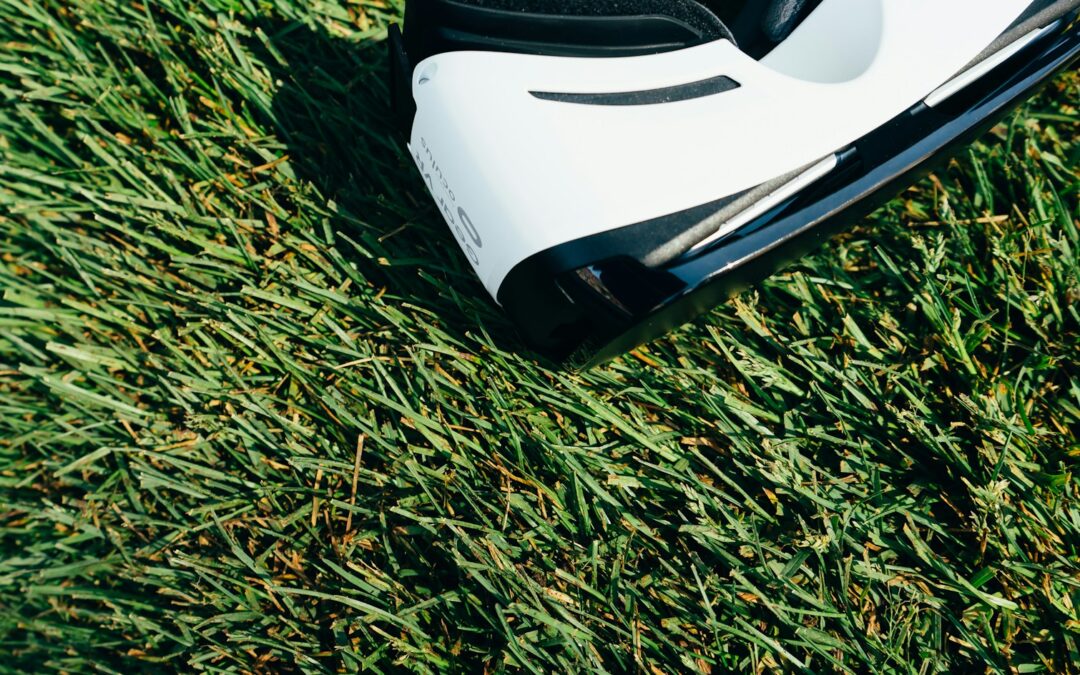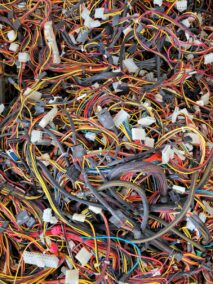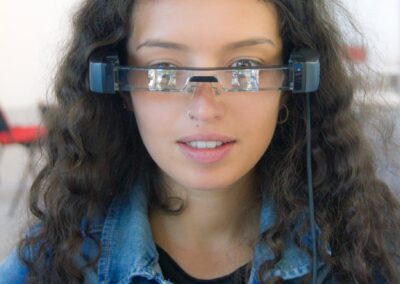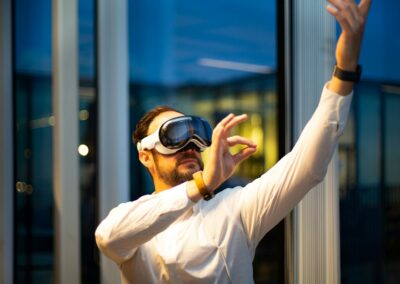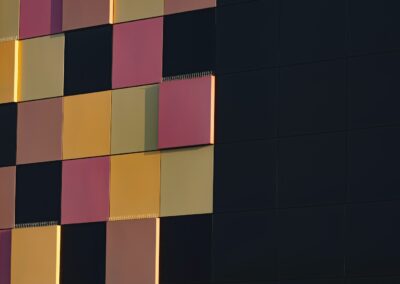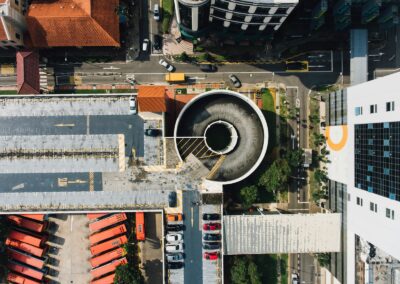Understanding the Technical Foundations of VR Development
Key Technical Requirements for High-Quality VR Experiences
Creating high-quality Virtual Reality (VR) experiences requires a deep understanding of technical requirements and careful consideration of performance factors. At the core of VR development are several technical elements that ensure immersive and smooth experiences. These include robust hardware, advanced software, and precise optimization techniques. For developers aiming to create top-notch VR experiences, focusing on these technical aspects is crucial to achieving optimal performance and user satisfaction.
Firstly, hardware specifications play a critical role in VR development. High-quality VR experiences demand powerful graphics processing units (GPUs), high-resolution displays, and precise motion tracking systems. The GPU must be capable of rendering complex 3D environments in real-time without lag, which is essential for maintaining immersion. High-resolution displays help to reduce the screen door effect, a common issue where users see the grid of lines between pixels, thereby enhancing visual clarity. Additionally, accurate motion tracking systems are necessary to translate user movements into the virtual environment seamlessly. In regions like Saudi Arabia and the UAE, where technological advancements are rapidly evolving, investing in cutting-edge hardware is vital for developers to stay competitive and deliver high-quality VR experiences.
Software Optimization and Performance Considerations
In addition to hardware, software optimization is crucial for creating high-quality VR experiences. VR applications must be optimized to ensure smooth performance and reduce latency, which can significantly impact user comfort. Key software considerations include efficient rendering techniques, frame rate management, and minimizing latency. VR applications should be designed to run at high frame rates, typically 90 frames per second (FPS) or higher, to prevent motion sickness and ensure a fluid experience.
Efficient rendering techniques, such as level of detail (LOD) adjustments and occlusion culling, help in managing computational resources and improving performance. LOD techniques adjust the complexity of 3D models based on their distance from the viewer, while occlusion culling removes objects from rendering calculations that are not visible to the user. Additionally, minimizing latency, which is the delay between user input and visual feedback, is essential for creating a responsive and immersive VR experience. By focusing on these optimization techniques, developers in Riyadh and Dubai can ensure that their VR applications provide an exceptional user experience and remain competitive in the market.
Ensuring Cross-Platform Compatibility and Future-Proofing
Ensuring cross-platform compatibility and future-proofing are also critical aspects of VR development. With the proliferation of various VR platforms and devices, developers must design their applications to be compatible with multiple systems, including different VR headsets and controllers. Cross-platform compatibility ensures that VR experiences can reach a broader audience and adapt to diverse hardware configurations.
Future-proofing involves designing VR applications that can accommodate future technological advancements and updates. This includes adopting flexible development frameworks and adhering to industry standards that are likely to evolve. By staying informed about emerging technologies and incorporating scalable design principles, developers can create VR experiences that remain relevant and high-quality over time. In the dynamic tech environments of Saudi Arabia and the UAE, where innovation is a driving force, future-proofing is essential for maintaining a competitive edge and meeting the evolving needs of users.
Conclusion
Creating high-quality VR experiences involves understanding and addressing several technical requirements, including hardware specifications, software optimization, and cross-platform compatibility. By focusing on these elements, developers can ensure that their VR applications deliver immersive and smooth experiences that meet user expectations. In regions like Saudi Arabia and the UAE, where technological advancements are rapidly shaping the future of VR, staying up-to-date with the latest developments and investing in cutting-edge technology are key to success. As the VR landscape continues to evolve, maintaining a commitment to technical excellence will be essential for achieving optimal performance and delivering exceptional user experiences.
—
#VRTechnicalRequirements #HighQualityVR #VRExperienceOptimization #VirtualRealityTech #VRDevelopment #SaudiArabiaVR #UAETechInnovation #RiyadhVR #DubaiVR #FutureProofVR

